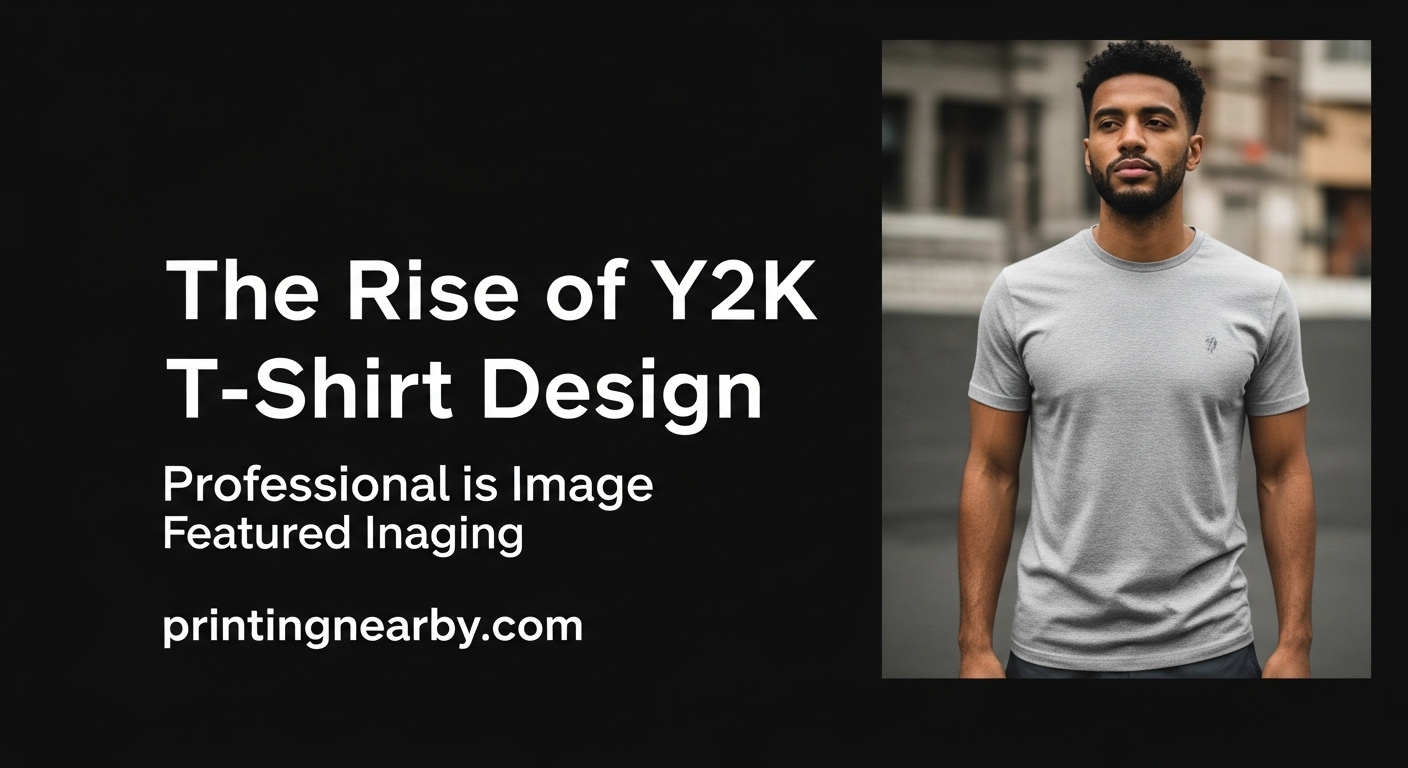
In the ever-evolving world of fashion, one thing is clear: printing technology is leading the charge. From bold graphics to custom designs, how we print on t-shirts is shaping what we wear, how fast we get it, and how unique our style can be.
Whether you’re a small business owner, fashion designer, or DIY enthusiast, understanding the latest printing techniques can help you deliver better products, reduce waste, and grow your brand.
Let’s explore the best t-shirt printing methods that are changing the fashion industry—and how you can use them.
1.Best T-Shirt Printing Method

2. Screen Printing: The Industry Standard for Bulk Orders
Screen printing involves pushing ink through a mesh stencil onto fabric. It’s one of the oldest and most reliable methods in the apparel industry.
- Best for: Large orders with bold, simple designs
- Strengths: Vibrant colors, long-lasting prints, cost-effective in bulk
- Limitations: Not ideal for complex or multi-color designs
Example: Clothing brands like Supreme often use screen printing for their iconic logos.
3. Direct-to-Garment (DTG) Printing: For Photorealistic Designs
DTG printing works like an inkjet printer—except it prints directly onto fabric using water-based inks.
- Best for: Short runs or one-off shirts with detailed images
- Strengths: High-resolution prints, full-colour gradients, minimal setup
- Limitations: Works best on 100% cotton, not as durable as screen prints
Example: Online platforms like Printful and Teespring use DTG to fulfill individual custom orders.
4. Heat Transfer Printing: Versatile and Beginner-Friendly
Heat transfer uses heat and pressure to apply a printed image (from paper or vinyl) onto a shirt.
- Best for: Small batches, prototypes, or multi-colour prints
- Strengths: Affordable start up costs, easy to use, works on many fabrics
- Limitations: May crack or peel over time, especially after many washes
5. Sublimation Printing: The Choice for All-Over Prints
Sublimation turns solid dye into gas, bonding it with polyester fabric at a molecular level.
- Best for: Polyester shirts and all-over prints
- Strengths: No feel on fabric, extremely durable, vivid color output
- Limitations: Only works on light-colored, synthetic materials
Example: Athletic brands use sublimation for breathable jerseys and performance tees.
6. DTF (Direct-to-Film) Printing: The New Game Changer
DTF prints your design on a film, which is then heat-transferred onto the garment using a special adhesive.
- Best for: All fabric types, small or large quantities
- Strengths: Soft feel, long-lasting, better color than vinyl
- Limitations: Requires specific equipment and high-quality films
7. Vinyl Cutting: Bold and Durable Designs
This method uses a plotter to cut designs out of colored vinyl, which is then heat-pressed onto garments.
- Best for: Sports jerseys, custom names/numbers, bold graphics
- Strengths: Sharp lines, good durability, easy customization
- Limitations: Not suitable for detailed or complex graphics
Example: Custom team shirts or merch with player names and numbers.
8. Discharge Printing: Soft Feel, Vintage Look
Discharge ink removes the shirt’s original dye, replacing it with your design color.
- Best for: Dark, 100% cotton t-shirts
- Strengths: No thick ink layer, soft-hand feel, vintage aesthetics
- Limitations: Colour results vary by shirt material and dye
9. Water-Based Inks: Eco-Friendly and Comfortable
Unlike plastisol, water-based inks soak into the fabric, resulting in a soft, breathable print.
- Best for: Eco-conscious brands, fashion-forward designs
- Strengths: Soft feel, breathable, environmentally friendly
- Limitations: Requires more skill and precise curing
Example: Many sustainable fashion startups choose water-based inks for a clean, natural aesthetic.
10. Hybrid Printing: Combining the Best of Both Worlds
Hybrid printing blends screen printing with digital methods like DTG or DTF.
- Best for: Complex designs with some repetition
- Strengths: Faster production, consistent quality, great for scaling
- Limitations: Higher initial setup cost
11. Choosing the Right Printing Technique for Your Brand
Selecting the right method depends on:
- Order volume (small vs. bulk)
- Design complexity
- Fabric type
- Budget and setup
- Sustainability goals
Final Thoughts: The Future Is Custom, Fast, and Sustainable
T-shirt printing has evolved into a powerful tool for self-expression, branding, and innovation. With so many techniques available, there’s no one-size-fits-all solution—only the right fit for your vision. As technology advances, printing is becoming faster, greener, and more customizable than ever. Whether you’re launching a brand or printing for fun, understanding these methods gives you a creative edge.
Frequently Asked Question
What is the best printing technique for starting a t-shirt business?
If you’re just starting out, DTG (Direct-to-Garment) or heat transfer printing are great options. They require less setup, work well for small orders, and allow you to test designs without large investments.
Which printing method lasts the longest on t-shirts?
Screen printing and DTF (Direct-to-Film) are known for their durability. They hold up well after repeated washing, especially when printed with quality inks and cured properly.
Can I print on polyester or blended fabrics?
Yes! Sublimation printing is ideal for polyester fabrics, while DTF printing works well on almost all fabric types, including blends. Just make sure to choose the right technique for your fabric.
What’s the most eco-friendly t-shirt printing method?
Water-based screen printing and DTG with eco-certified inks are among the most environmentally friendly options. They reduce chemical use and produce softer, breathable prints.
How can I decide which printing technique is right for my brand?
Consider your design style, order volume, fabric type, and budget. For high-detail prints, DTG works best. For bulk orders, screen printing is more efficient. Choose based on your goals.



